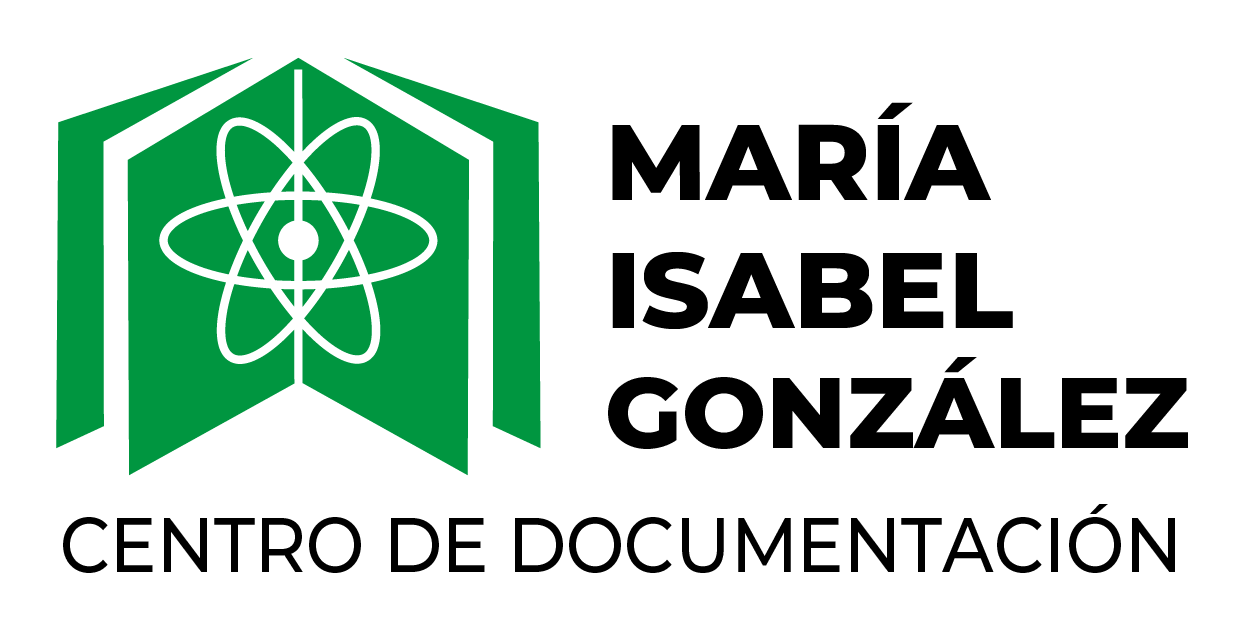Caracterización del comportamiento de aleaciones de Zr en función de distintos tratamientos termo-mecánicos. (Record no. 26949)
[ view plain ]
| 000 -LEADER | |
|---|---|
| campo de control de longitud fija | 03629mm aa2200217a 44500 |
| 000 - LEADER | |
| campo de control de longitud fija | aIS/T--141/13 |
| 003 - IDENTIFICADOR DE NÚMERO DE CONTROL | |
| campo de control | AR-SmCIES |
| 008 - DATOS DE LONGITUD FIJA--INFORMACIÓN GENERAL | |
| campo de control de longitud fija | 150507s2013 ag fq d # spa#d |
| 040 ## - FUENTE DE CATALOGACIÓN | |
| Centro catalogador/agencia de origen | AR-SmCIES |
| 100 1# - ENTRADA PRINCIPAL--NOMBRE DE PERSONA | |
| Nombre de persona | Lupori, Vanesa Tamara |
| 245 10 - MENCIÓN DEL TÍTULO | |
| Título | Caracterización del comportamiento de aleaciones de Zr en función de distintos tratamientos termo-mecánicos. |
| 260 ## - PUBLICACIÓN, DISTRIBUCIÓN, ETC. | |
| Fecha de publicación, distribución, etc. | 2013. |
| 300 ## - DESCRIPCIÓN FÍSICA | |
| Dimensiones | 132 p. |
| 500 ## - NOTA GENERAL | |
| Nota general | Cantidad de ejemplares: 1 |
| 502 ## - NOTA DE TESIS | |
| Nota de tesis | Tesis para optar al título de Magister en Ciencia y Tecnología de Materiales. Director/es: Mingolo, Norma, ; Mieza, Ignacio, |
| 520 ## - RESUMEN, ETC. | |
| Sumario, etc. | Los tubos de presión (TP) de las centrales nucleares tipo CANDU, de Zr-2,5Nb, se caracterizan por presentar una microestructura de granos alargados en la fase a-Zr (hcp) según la dirección longitudinal del tubo, los cuales están rodeados por una fase delgada ß-Zr (bcc - metaestable). La anisotropía cristalográfica (textura) se evidencia en la orientación preferencial de los cristales con sus polos basales (0002) de la matriz a-Zr mayoritariamente orientados según la dirección tangencial del tubo. Estas características, sumadas a las condiciones de operación (tensiones mecánicas, temperatura y flujo neutrónico) producen cambios dimensionales y en las propiedades mecánico-metalúrgicas del material que pueden reducir la vida útil del componente a través de mecanismos como la Rotura Diferida Inducida por Hidruros (RDIH), el crecimiento por irradiación y el creep (térmico, o por irradiación). Con el objetivo de mejorar el comportamiento de los tubos en servicio, se planteó la modificación de la textura original de los TP con la aplicación de tratamientos termo-mecánicos. Se logró modificar la textura original (mayoritaria en la dirección tangencial) hacia un incremento de la textura en la dirección radial mediante laminación en frío (hasta un 40 |
| Sumario, etc. | The microstructure of CANDU pressure tubes (PT) of Zr-2.5Nb alloy, used currently in the nuclear reactors, consist of elongated a-Zr (hcp) phase in longitudinal direction surrounded by a continuous layer of ß-Zr (bcc - metastable) phase network. During the fabrication route, PT develops a strong texture, measured by X-ray diffraction, with the normal direction of the (0002) basal plane mainly oriented towards the transverse direction. The anisotropic microstructural characteristics and the service conditions of the PT (temperature, neutron flux, mechanical stress) induce dimensional and mechanical properties changes that may reduce the component life trough Delayed Hydride Cracking (DHC), irradiation growth and creep (thermal or irradiation induced). The objective of this work is to improve the behavior of in service PT modifying the original texture by applying thermo-mechanical treatments. The change of the original PT texture (mainly in the tangential direction) was observed as an increase in the radial direction by cold rolling and important increase in the longitudinal direction by high temperature thermal treatment with a phase change a-ß-a. Finally, the materials were characterized by measuring DHC parameters, such as propagation velocity and threshold stress intensity factor KIH in as received PT and in the heat treated (a->ß->a) and tempered. Up to this time results show good behavior against DHC in the changed texture material. |
| 590 ## - NOTA LOCAL (RLIN) | |
| Nota local | Observaciones: Contiene anexos a partir de la pagina 116 a 132. |
| Nota local | Lugar de trabajo: Centro Atomico Constituyentes |
| 710 1# - ENTRADA AGREGADA--NOMBRE DE ENTIDAD CORPORATIVA | |
| Nombre de entidad corporativa o nombre de jurisdicción como elemento de entrada | Comisión Nacional de Energía Atómica. |
| Unidad subordinada | Instituto de Tecnología Sabato. |
| Nombre de entidad corporativa o nombre de jurisdicción como elemento de entrada | Universidad Nacional de San Martín. |
| Estatus retirado | Estado de pérdida | Fuente de la clasificación o esquema de estantería | Estado de daño | No para préstamo | Biblioteca de origen | Biblioteca actual | Fecha de adquisición | Número de inventario | Signatura topográfica completa | Código de barras | Visto por última vez | Precio de reemplazo | Tipo de ítem Koha |
|---|---|---|---|---|---|---|---|---|---|---|---|---|---|
| Dewey Decimal Classification | Centro de Información Eduardo Savino | Centro de Información Eduardo Savino | 02/10/2018 | IS/T--141/13 | IS/T--141/13 | IS/T--141/13 | 02/10/2018 | 02/10/2018 | Thesis |




